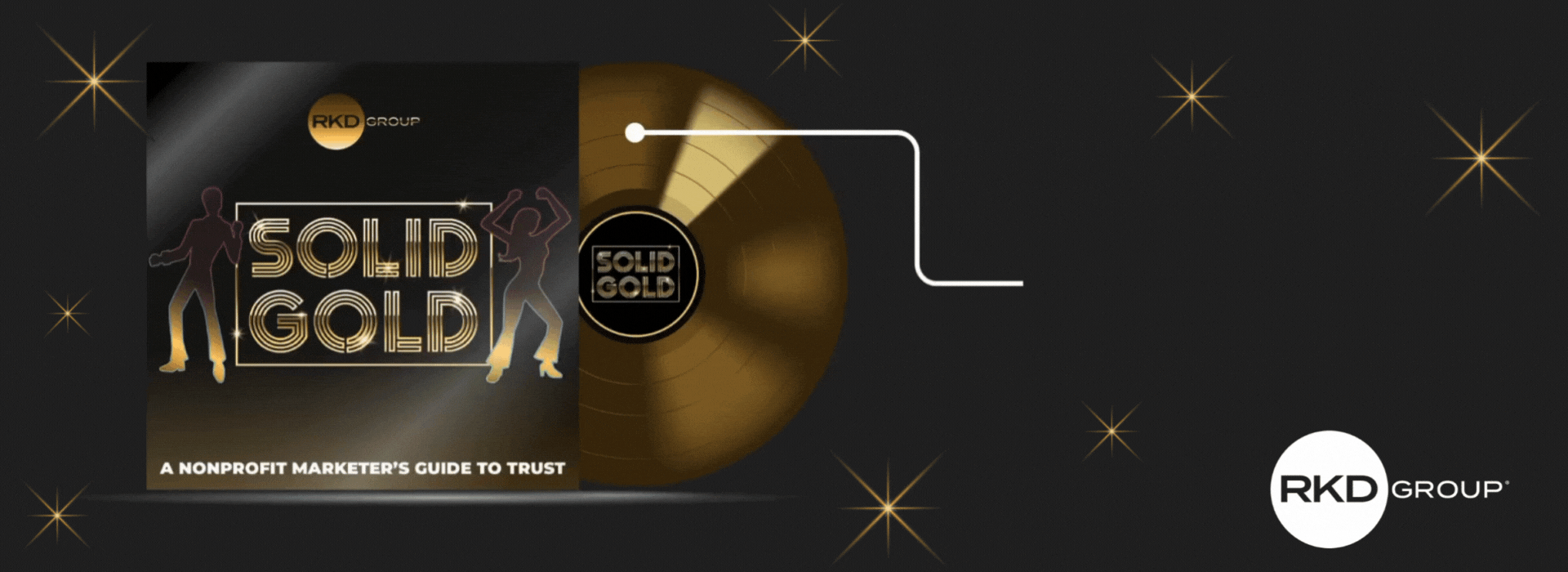The future is digital.
This is something we’ve all known for quite some time, but putting that thought into action is a different story in the nonprofit world.
With limited budgets and resources, it can be tempting to focus on the immediacy of “right now” when it comes to hitting annual fundraising numbers. But you must balance those short-term goals with long-term strategies and road maps.
In today's digital age, the cornerstone of any future fundraising program is undeniably a strong digital foundation. According to Blackbaud, 12% of donations to animal welfare organizations came online in 2021—and that number continues to grow each year.
So how do you prepare for the future?
Let's dive into three critical elements that you must consider to make sure your animal welfare organization’s digital fundraising efforts meet the needs and expectations of donors.
1. A comprehensive tech stack for today and tomorrow
Just as a well-built house requires a robust foundation, a successful fundraising strategy demands a dynamic tech stack. You need to invest in the right platforms for email marketing, fundraising, CRM, data management etc.—and these platforms should be integrated and connected.
Short-term benefits: Integrating a strong tech stack means immediate improvements in donor management, outreach and communication. With tools that streamline these processes, you can engage with donors more effectively, increasing the likelihood of charitable gifts.
Long-term advantages: By committing now to a tech stack that's scalable and flexible, you're also future-proofing your operations. As technology evolves and new tools emerge, having a comprehensive tech stack reduces potential disruptions and costs down the line.
2. An up-to-date website―meeting Google's standards and design principles
An organization's website is often the first touchpoint a potential donor encounters. Ensuring it's updated and adheres to best practices is non-negotiable.
Yet RKD Group’s Nonprofit Website Performance Report found that only 15% of animal welfare websites received a “good” rating from Google on desktop performance. Less than 1% received a good rating on mobile performance. Yikes!
Here are some areas to improve:
Google's standards: Google's algorithms prioritize websites that offer valuable content and a user-friendly experience. By aligning with these standards, your site's SEO visibility will improve, leading to increased organic traffic and, consequently, potential donors.
Design best practices: A clean, intuitive design keeps users engaged, reducing the bounce rate and helping them navigate through the donation process without hitches. Remember, a positive user experience is synonymous with trust—a critical element in charitable giving.
Mobile responsiveness: We’re all surfing on our phones these days. If your site isn't mobile-friendly, you're potentially missing out on a significant chunk of donors. A mobile-optimized site ensures that no matter the device, your organization's message is clearly communicated and the donation process is smooth.
3. Tailored donation experiences and donor journeys
Whether donors landed on your donation page through an email link, a social media post or an organic search, the donation experience must be consistent and tailored. Here are a few areas to focus on when building stronger donor journeys:
Device optimization: Your donation page must be optimized for tablets, mobile phones, desktops and any other device a donor might use. The copy, graphics, text fields and call-to-action buttons should adjust based on the device, providing clarity and ease of use.
Adaptable donor experience: Consider the path that led them to the donation page. If they came from an emotional story on social media, continue that narrative on the donation page. If it was an email about a specific fundraising campaign, ensure that's reflected.
Clear reporting and tracking: Once a donation is made, both the donor and the organization should have clear, accessible records. Implement tracking and measurement tools that provide insights into donor behavior, campaign performance and areas of improvement.
Animal welfare organizations need to focus now on optimizing their fundraising efforts, and a strong digital foundation is paramount. You can’t afford to wait any longer because donors now expect a certain level of digital maturity from all the organizations they touch.
By investing in a robust tech stack, updating your website and offering tailored donor journeys, you're not only creating immediate growth but also future-proofing your organization against rapid technological advancements.
The animals and the communities you serve deserve nothing less than the best, and a strong digital foundation is a significant step toward that commitment. In Part 2 of this post, we'll look at the success of three animal welfare organizations that have invested in their digital foundation.






Leave a comment: